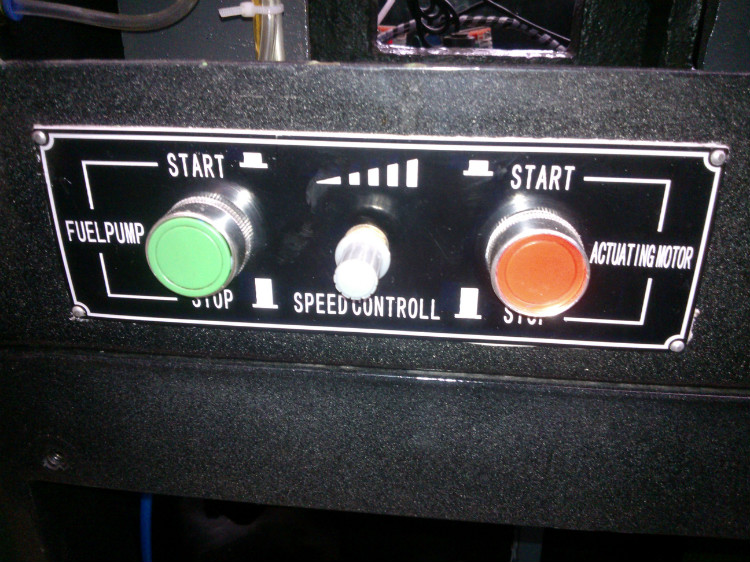Pre Commissioning Procedure for Fuel Oil Pumps
Ensure that the pump installation is complete and mechanical completion is approved.
Ensure that no damage occurs between mechanical completion & pre commissioning.
Repair all damages to the equipment and paint finish.
Ensure that the pumps are identified location wise and service wise.
Note the details of each motor such as make, model number, frame size, kW rating and RPM.
Check that the Fuel Oil piping network is complete with proper line filter, pressure gauges, vacuum gauge, motorized valves, drains, vents valves, strainers, control valves & instruments in place.
Ensure that the Fuel Oil network is pressure tested and approved.
Ensure the pumps bearings are lubricated/greased as per manufacturer recommendation.
Ensure the pump shafts are rotated by hand freely.
Ensure that electrical power connections, BMS connections and earthing is properly done and approved.
Ensure that the field wiring is pre-tested for continuity and insulation resistance.
Ensure that all the relevant valves are in open position.
Pump discharge valve should be in closed position.
Check identification and labeling for equipment and piping.
Ensure that the entire system is cleaned internally & externally.
Ensure that the pump run status & pump fault alarm is monitored by the BMS.
Commissioning Procedure for Fuel Oil Pumps
Ensure that all the pre commissioning checks are carried out successfully.
Start the pump.
Ensure that the direction of rotation of pump is correct.
Check the initial running of the pump is smooth & free from abnormal vibration.
Check pumps for overheating physically by hand.
Check for any undue vibration/noise (noise level measurements of all areas shall be as per approved procedure.)
Record the discharge head
Measure & record the flow of the pump as stated below:
(a) Run the pump & fill the day tank
(b) With the help of a stop watch, record the time taken for diesel to fill the day tank.
(c) Calculate flow of the pump with volume & time.
Flow (L/s) = Volume (L)/time (sec).
Check current, voltage & rpm of the motor & record the values.

One thought on “Fuel Oil Pumps Precommissioning & Commissioning”
Comments are closed.